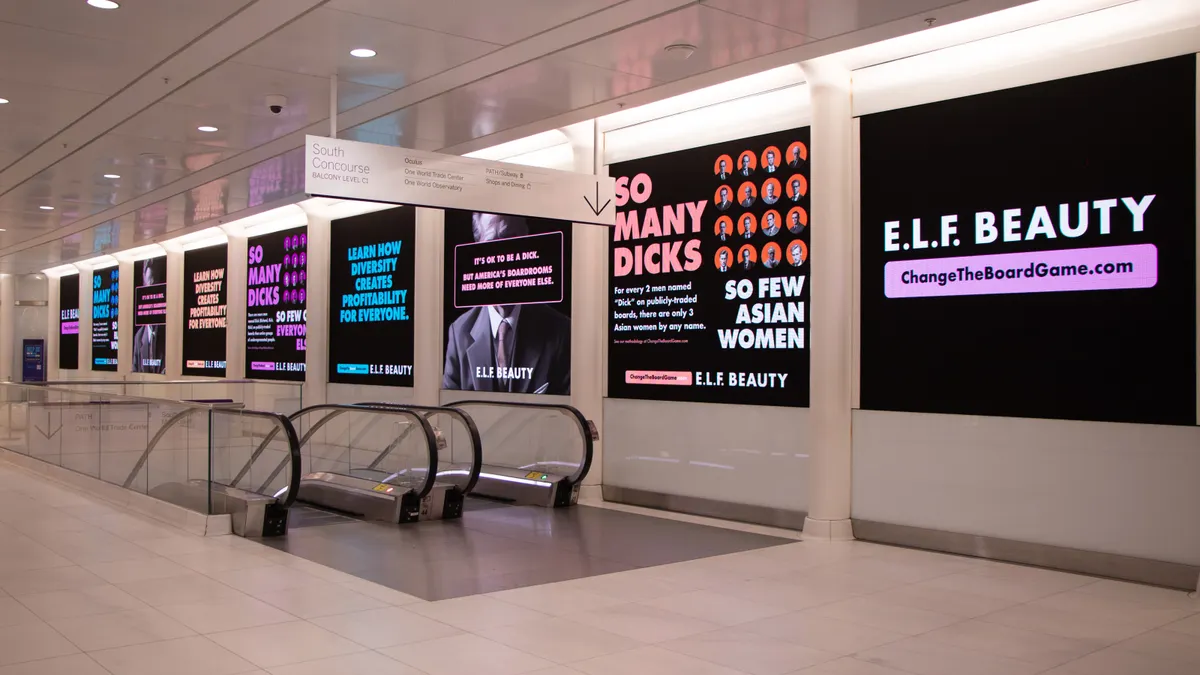Brief:
- Google updated its software creation tools to help Android app developers create more collaborative augmented reality (AR) experiences for people to share with others through two mobile devices, the company announced at its I/O conference on Wednesday.
- ARCore 1.2's features include Cloud Anchors, Augmented Images and Sceneform to help developers build AR apps from scratch or add immersive features to existing platforms. Cloud Anchors lets multiple devices use the cloud to share information about virtual objects to see them in the real world through smartphone cameras. The anchors lock a 3D virtual object in space so multiple people can walk around it and view it from all angles through their smartphone screen.
- Augmented Images lets developers attach digital images to real-world objects, including textured vertical surfaces, while tracking and moving with them in 3D. Google demonstrated how this feature can let a toymaker show off what's inside a box of toys without opening it. The integration with Sceneform lets Java developers build immersive apps without having to learn complicated graphics technology for mobile.
Insight:
Google's ARCore update demonstrates the extended possibilities of AR technology for marketing applications. The Cloud Anchors, which also work with iOS-powered devices from rival Apple, offer the possibility for several people to look at the same virtual object, such as 3D renditions of furniture, artwork or appliances. That means families virtually decorate their home together or play a game through multiple screens, adding a more social element to immersive tech.
The new shareable features put the company ahead of Apple, at least for now. Though Apple was first to market with its ARKit for developers that wanted to create AR experiences in their apps, Google has quickly punched back with a similar software developer kit specific to Android devices. The latest update to ARCore shows that the company continues to prioritize AR and adding practical or innovative features for millions of Android users. Plus, opening up its new tools to Apple users signals that Google is focusing on getting in the hands of a broader group of consumers, rather than limiting its AR adoption to solely Android users.
The company's new vertical plane detection is an update from previous limitations that forced users to stick AR objects on solid, flat surfaces only. This gives people more flexibility in how and where they can use the AR tech and opens up a realm of possibilities for CPG-makers to provide shoppers with more information about a product. Google demonstrated how a box of toys can be animated to show its contents, but it's not hard to imagine how marketers could use the tech to offer details of a product and how to use it through an AR demonstration. For example, a maker of cake mixes could put a scannable code on a box that activates an immersive tutorial on making the dessert.











